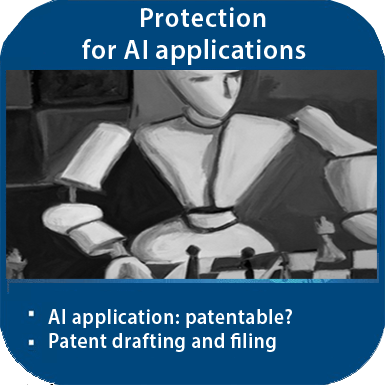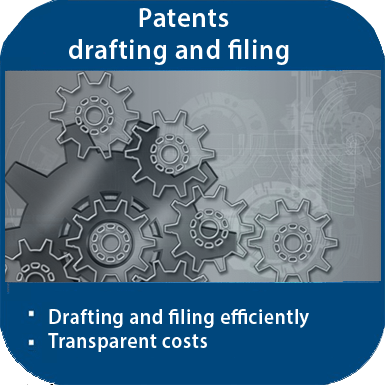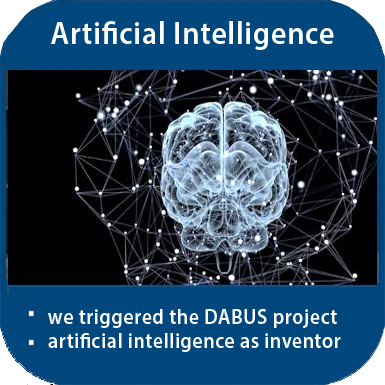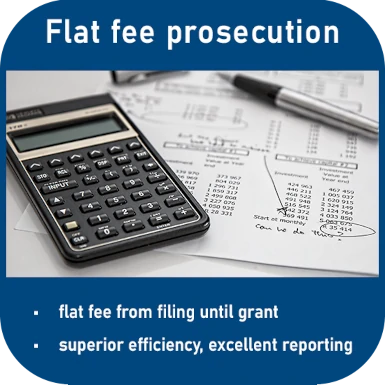EPO: Augmenting a simulation model - technical? Inventive?
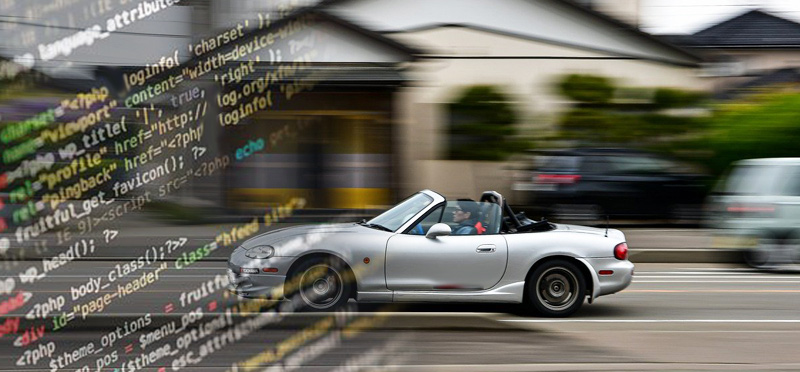
Is augmenting a simulation model to be considered technical, especially in view of G 1/19, the decision of the Enlarged Board of Appeal of the European Patent Office in 2021 on computer-implemented inventions and in particular on the patentability of simulations?
This interesting question was currently being heard in appeal proceedings Augmented simulation / T 0300/22 before a Board of Appeal of the European Patent Office, which concerned algorithms for advanced driver assistance systems (ADAS), virtual tests and the simulation of a real physical environment for an ego-vehicle.
The patent application: Augmenting a simulation model
The title of claim 1 of the main request in the patent application under appeal is “Computer-implemented method of augmenting a simulation model of a physical environment of an ego-vehicle”.
The invention relates to the virtual testing of algorithms for an “ego-vehicle” under various physical conditions in a simulation.
The term “ego-vehicle” had been criticized by the Examining Division as an unclear term, but the Board of Appeal decided that the term “ego-vehicle” was already in common use at the time of the patent application; in particular in the context of testing connected and/or automated vehicles.
The virtual testing of such algorithms requires a simulation of the physical environment of the ego-vehicle in different physical environments (e.g. weather or terrain). The simulation is based on scans of corresponding real situations recorded by drivers of real vehicles.
The idea of the patent application Augmented simulation starts here: in order to generate scans of new environmental scenarios that are not yet available and thus extend the simulation (for which commercial simulation software is used), a web portal is proposed that invites users to specify wishes for new scenarios and to load new scans into the simulation. Both the expressed wishes and the scans are verified and validated according to the patent application.
Examining division rejected the patent application
The Examining Division had also criticized that the results to be achieved by claim 1 had been defined as subject matter and pointed out the following specific “results to be achieved”:
In claim 1:
(i) “determining [...] a deficiency of the simulation model”, and
(ii) “remedying the defect”.
And in dependent claims:
(iii) discovery of a defect by a customer;
(iv) verification of the defect by re-simulation of the setting in a reference model that is also defective;
(v) verification and validation of the scan.
The Examining Division considered it unclear which technical features were required to achieve these results and rejected the patent application with reference to Article 84 EPC (clarity).
However, the Board of Appeal took a different view.
Technical problem and “results to be achieved”
The objections to features (iv) and (v) were irrelevant due to the deletion of the claims containing these features, the Board of Appeal held.
The Board of Appeal also considered the objections with regard to features (i) and (ii) and (iii) to be unjustified. These features do not specify the technical problem underlying the invention according to the EPO Guidelines F-IV, 4.10 on “results to be achieved”, according to the Board of Appeal. Furthermore, claims 1 and 2 do not require these steps to be performed automatically: They could just as well be performed by a human at a computer and then a person skilled in the art would know from common knowledge many ways in which each of (i), (ii) and (iii) could be realized.
These features are broad in the view of the Board of Appeal stated, but not unclear or unsupported within the meaning of Article 84 EPC.
But are these broad features to be considered inventive?
Augmenting a simulation model - inventive?
The appellant argued that the usual approach to generate relevant scenarios was to collect scan data from test drives over a large number of kilometers, as described for example in D4. The proprietary method allowed adding a specific virtual scenario to the simulation model, and this was novel and inventive through “AND” combinations of conditions regarding the scenario (“setting”) and the hardware in the instruction.
The Board of Appeal was not convinced by this. The collection of scan data described in D4 led to a large number and variety of new scenarios. However, the patent-pending method did not even come close to this diversity, since the decision as to which scenarios are covered depends entirely on the decision-making of the person carrying out the step of “detecting a defect in the simulation model”. It is therefore a complement to the approach in D4 and not an alternative to it, the Board of Appeal ruled.
Furthermore, the simulation model of a commercial simulation software can be extended by subsequently generated virtual scenarios. The invention does not require any adaptation of the simulation software and/or the scan acquisition technique and thus does not constitute a contribution to the prior art, the Board found.
Augmented simulation - with regard to G1/19
In the Board of Appeal's view, the special conditions contained in the instruction in connection with claim 1 cannot have a technical effect either. They only characterize an instruction to a person (the driver), i.e. it is a representation of information within the meaning of Article 52(2)(d) EPC. Incidentally, it is also not checked whether drivers follow the instructions when scanning real situations.
And according to G 1/19, neither the simulation of a physical environment of an ego-vehicle nor a simulation model for this purpose is technical, explained the Board of Appeal with reference in particular to grounds 110, 111 and 120 in G1/19. Thus, the extension of a simulation model was not in itself a technical effect either.
Features which do not contribute to the technical character of the claimed subject-matter cannot establish the existence of an inventive step (“COMVIK approach”, see T 641/00, headnote I).
In this context, please also read our blog article Microsoft synchronization - inventive after G1/19?
Augmenting a simulation model: not inventive
The invention is not to be regarded as inventive (Article 52(1) and 56 EPC), decided the Board of Appeal and therefore dismissed the appeal (T 300/22 Augmenting a simulation model / Steinbeis Interagierende Systeme GmbH).
This decision shows that drafting a computer-implemented invention patent application strategically and with expert knowledge is important.
We have expertise in this area for years. Please contact us directly by telephone at +49 69 69 59 60-0 or info@kollner.eu.
